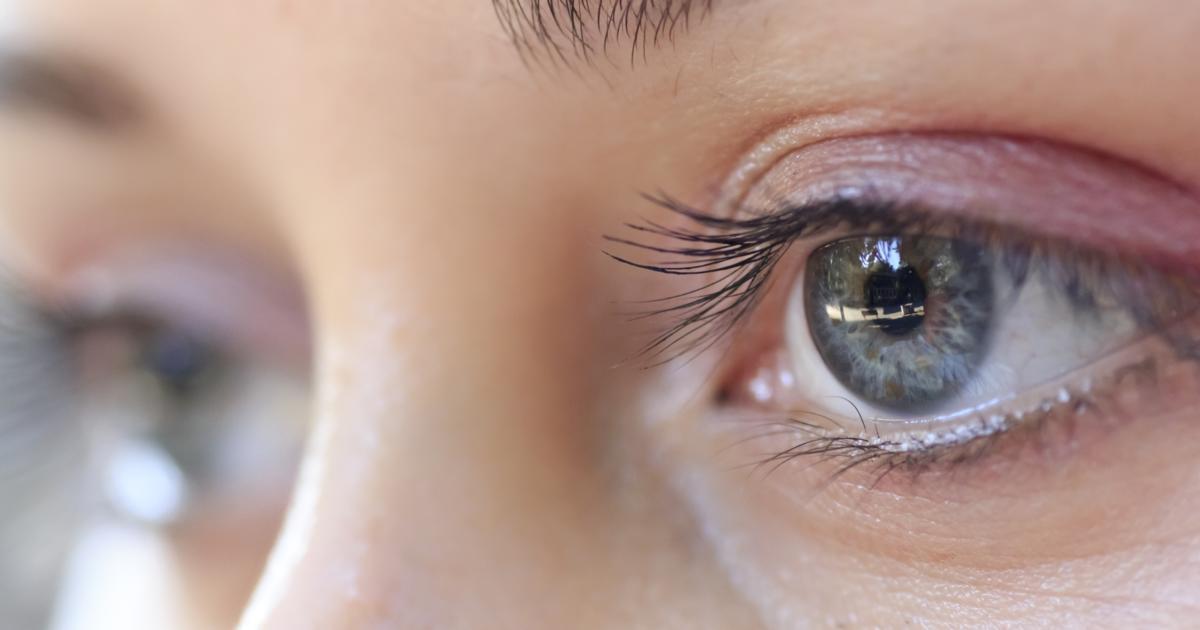Causes & Risk Factors Of Squamous Cell Carcinoma
Long-Term Exposure To Chemicals

In some individuals, occupation-related long-term exposure to certain chemicals has caused them to develop squamous cell carcinoma. Certain chemicals can cause damage in the DNA of an individual's skin cells when it comes in contact with the skin. The longer someone is exposed to the substance, the greater the chance is for it to damage the portion of cellular DNA responsible for cell growth and division. When a mutation occurs in the growth and division part of the skin cell's DNA, malignancy is likely to develop. Certain occupations can cause an individual to be exposed to these substances while they are at the workplace.
Before it was discovered that certain substances could cause cancer, personal protective equipment was not a requirement. Individuals exposed to arsenic, mineral oils, herbicides, seed treatments, grease, dry cleaning agents, pitch, motor oil, or paraffin regularly can consequently develop squamous cell carcinoma. In addition, individuals exposed to coal tars, insecticides, fungicides, petroleum products, fiberglass dust, soot, creosote, and shale oils on a regular basis may also develop squamous cell carcinoma as a result.
Specific Eye Colors

Individuals who have specific eye colors are at higher risk of developing squamous cell carcinoma. The eye color, hair color, and skin tone of an individual are determined by how much melanin or pigment is present in their eyes, skin, and hair. Melanin is important because it is a defense mechanism used by the skin cells to deflect harmful ultraviolet rays away from healthy tissues. This mechanism is why an individual with no sun protection will form a tan in the sun.
Melanin becomes activated in the skin when it is exposed to the ultraviolet rays of the sun to protect the cells from damage. An individual with light skin has less overall melanin present in their body than those who have darker skin. Individuals with gray, green, or blue eyes are more likely to be fair skinned with a lighter hair color than individuals who have darker eyes. Because melanin offers protection to the skin cells, individuals with a lighter eye color who have less of it are at a higher risk of developing squamous cell carcinoma.
